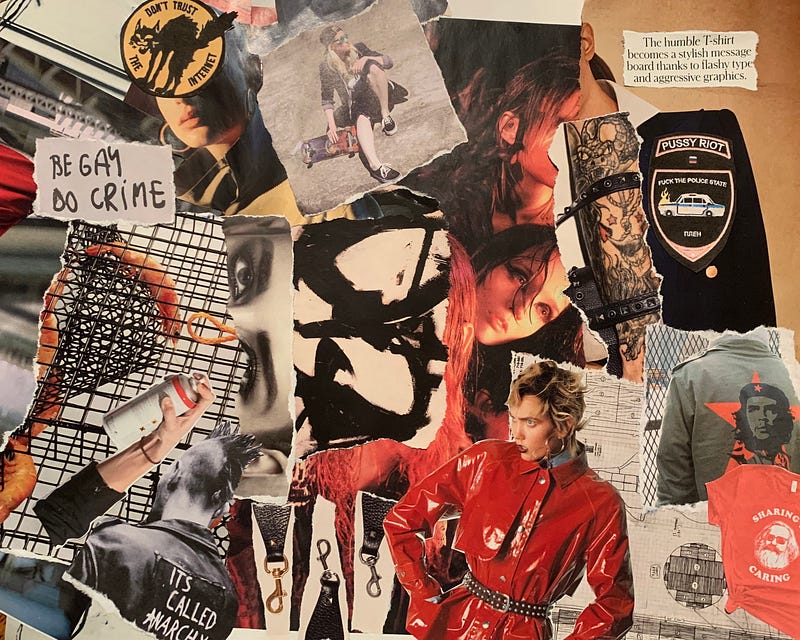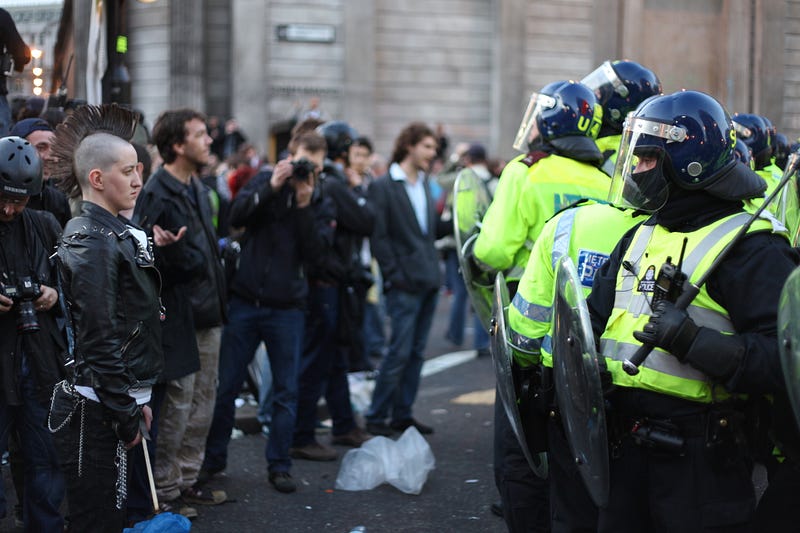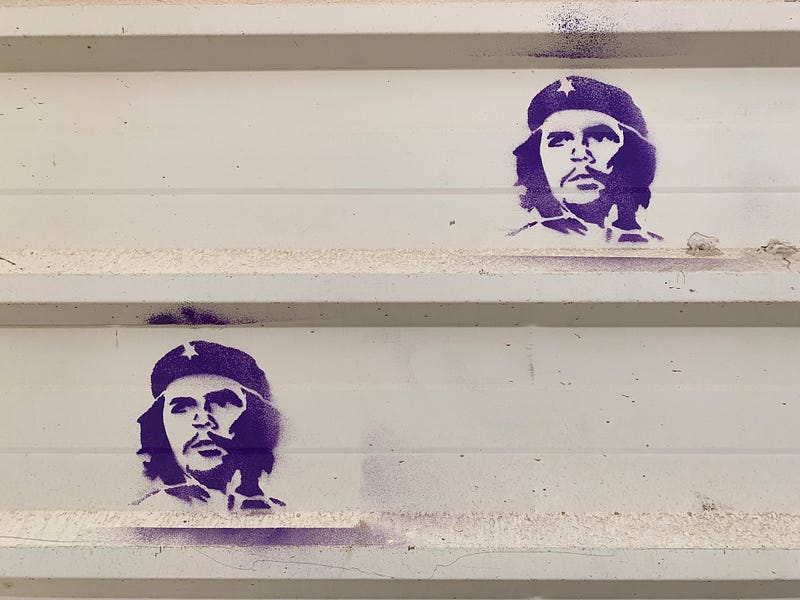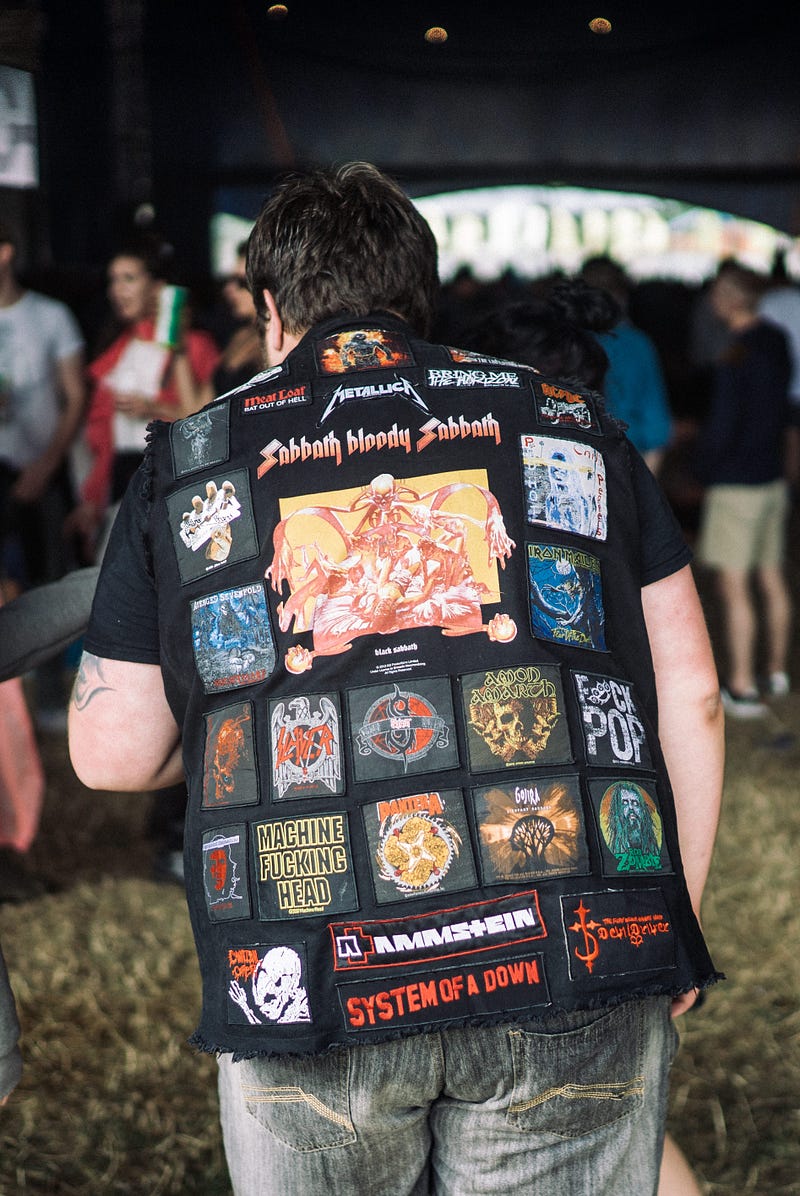The Revolutionary Power of the Che Shirt
The Revolutionary Power of the Che Shirt
In defense of performative radicalism

The figure of the poseur haunts radical political movements. The elmer’s-glue spikes in his hair, his Hot Topic Che shirt, his ability to misquote Lenin or Bakunin or Steiner in exactly the wrong circumstance and to use terms like ‘late capitalism’ in such a way that it’s obvious he doesn’t know what they mean — all of these attributes make a mockery out of serious political radicals, who themselves are mistaken for him. The poseur haunts radicals because he is real, and he is everywhere. But the poseur is a doorway to the possibility of revolution, because he is also, for the radical, their past selves — and rejection of the poseur is a counterproductive reaction to the return of the repressed.
The poseur is the most visible member of any radical movement, and the least likely to be capable of either good theory or good praxis. The kind of in-your-face performative radicalism practiced by this figure — lifestylism — is rightly criticised for the problems it brings about in spaces it dominates.
Questioning Counter-Culture and the Building of a Movementmedium.com
At the same time, poseurs are vital to the health of any radical movement. A movement that does not have members with a shallow understanding of theory is a movement that either has no theory or has stopped growing.

The flamboyant exuberance of lifestylism is not merely an indication that the movement is growing, but also a mechanism by which it grows. Most people who have read the Anarchist Cookbook do not identify as anarchists (including its author!), but most people who identify as anarchists owe their earliest exposure to anarchist philosophy to it or the subgenre it inaugurated. Tn the half-century since its publication, introductory material aimed at budding anarchists (like crimethinc) has gotten better and more nuanced, and more people graduate from a nebulous rebellious rage to a specific, informed, considered, and enduring political position more quickly.
Left-libertarian movements need growth because, by being unwilling to engage in authoritarian tactics internally (and by appealing especially to people who have been left or rendered ineffective by existing social and political systems), they cannot wring large quantities of immediate labor out of each member the way an authoritarian command hierarchy of healthy and pampered people can. Lifestylists represent the pool from which future regular members of the movement are drawn, and they advertise the movement by publicly embodying elements of the radical possibilities the movement would like to extend. By living freely, they demonstrate that living freely is possible. Their free living is supported by the more difficult and serious work of regular movement members, who do important but less-sexy things like organize alternative structures (trade unions, food banks, mutual aid networks, and sometimes militias) and are often forced by circumstance to hide their political alignment.

The fashionable elements of lifestylism are part of the draw. We can complain that wearing black, displaying the circle-A, and playing punk music have no essential relationship to anarchism — and that’s true. Indeed, some people will be turned off by these signifiers. At the same time, these elements are part of a code. Every time somebody sees the circle-A on a bus or on the street, they think to themselves “Oh! Anarchists actually do exist! I guess they weren’t just made up by television executives.” Different varieties of anarchism are beginning to appeal to different aesthetic preferences — the earth tones and vine-covered brutalism of solarpunk; the 80s-cyberpunk retrocomputing aesthetics of the anarchist-adjacent slow-computing movement; the gothic, victorian, romantic, and glam edges of the post-punk diaspora; the nu-metal aesthetic (only now coming back into vogue) of radical groups like Rage Against the Machine and System of a Down; the vast range of aesthetics associated with queer transhumanism. In a fully fragmented media landscape, all these variations can become somewhat recognizable to people outside of any radical movement.
When widespread internet access broke down our sense of a collective reality, what it was toppling was not the legacy…medium.com
The very shallowness of aesthetic lifestyle radicalism makes it approachable: one can appropriate the signifiers of anarchism before having a deep theoretical understanding of it, and then be encouraged by social pressure to understand theory as well. The ability to attach oneself loosely to the movement and then leave it as one realizes one’s conflicts with it is also something anarchists ought to prize: it is a very pure form of exit.

Shallow signifiers are also profitable, and while commercialization can be a danger to organic movements, in the case of radical political movements it is useful: established players will defend the target markets they depend upon to some degree; as long as Warner Bros makes a lot of money off V masks and Che shirts, they will fight any attempt in mainstream media to characterize V masks and Che shirts as the mark of dangerous terrorists. In other words, the casual wing of the movement (itself much larger than the radical core) is protected from harassment by a small tithe to the commercial establishment, and is free to advertise the antidote to the source of their protectors’ power. Casuals can engage in weak signalling (like fashion choices), and serious movement members are identifiable by very costly signals (long-term dedication to organizations, difficult volunteer work, well-researched and well-thought-out writing, being embedded in a social web of other serious radicals), so only outsiders can ever confuse the two.
The question remains: what should we do with the casuals, so as to prevent them from accidentally reversing some of our work? We are in a good situation with regard to PR: casuals can always be dissociated from the movement proper. Nevertheless, casuals and lifestylists can do material damage. As my colleague writes:
Firstly, anarchists need to shift their goals to one of construction rather than destruction. Instead of smashing shop windows, spray-painting anarchist symbols, and setting things on fire, we should be building shelters for the homeless, getting people involved in community art programs, and feeding the hungry. Our goal should be to make the world beautiful, not destroy it.
To destroy is only to force communities into relying further on the state to help them, to create is to foster a community that can rely on itself. Whether this is done by building community schools, art-centers or unions, organized efforts to improve people’s lives will have a greater effect than simple acts of rebellion. This is the essence of dual power.

It is probably not sensible to expect casuals to build homeless shelters. By the time they are doing non-PR-related work for the movement, they are no longer casuals (although they may still be lifestylists of another stripe). On the other hand, we can influence casuals by changing the emphasis in our public writings: rather than focusing on smashing the state (which, if interpreted in a naive way, can lead to ultimately-counterproductive behaviors like trying to assassinate individual politicians without a support network), we can focus on the importance of dual power. Much of the rage people feel is not merely that the state and Capital has screwed them over, but that they have been screwed over by false promises of support they desperately need; demonstrating that the support the state has failed to provide can be given by radical communities is extremely powerful, and so a focus on mutual aid is liable to resonate with casual radicals.
We cannot control the casuals, nor do we want to. Our inability to control them is the source of our power as a movement. We need to swallow our pride and accept that they are a sign of our own growing relevance and the success of our efforts.